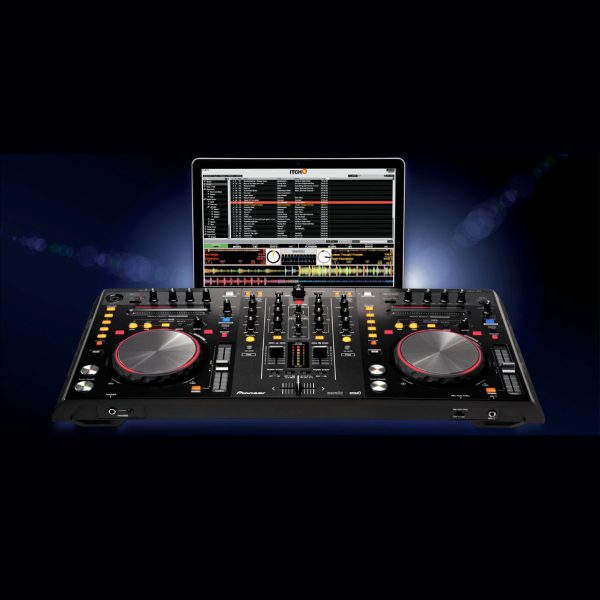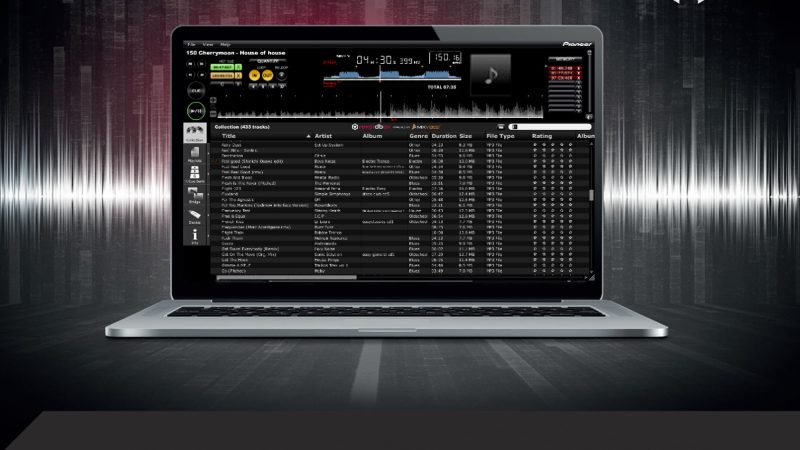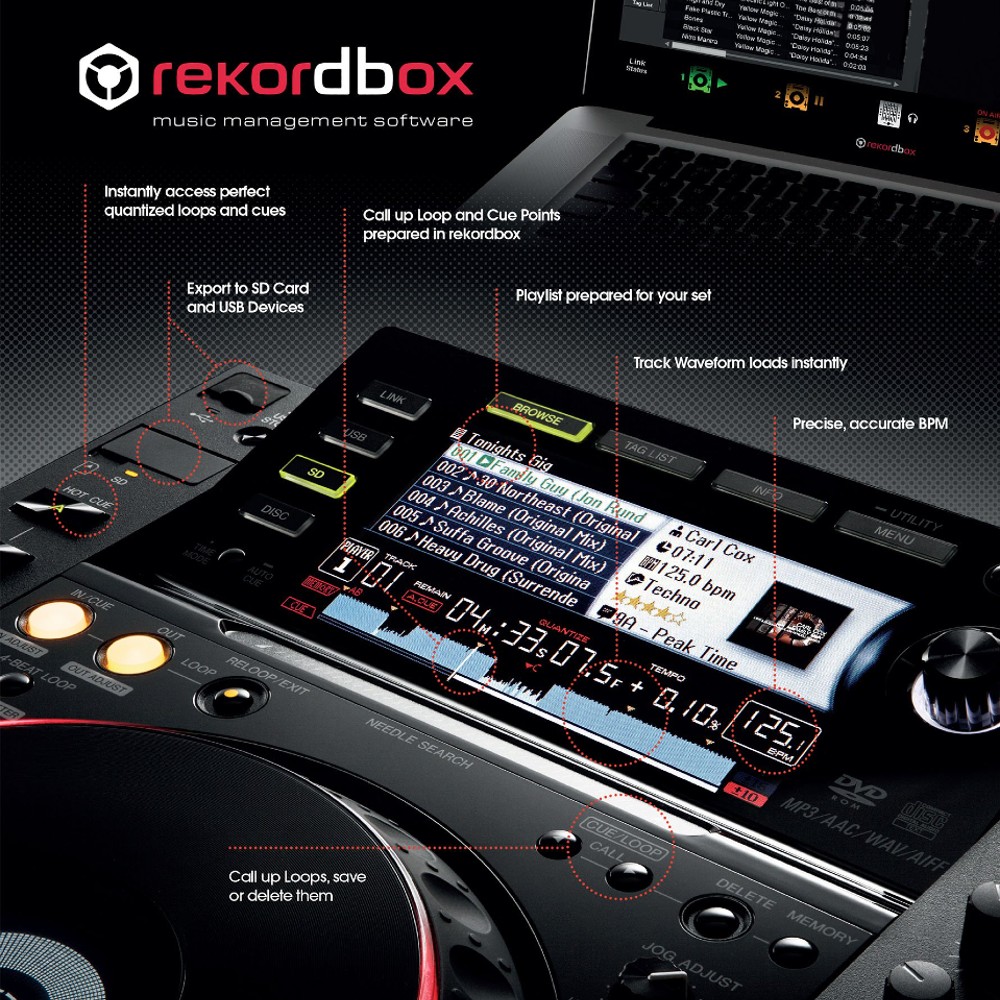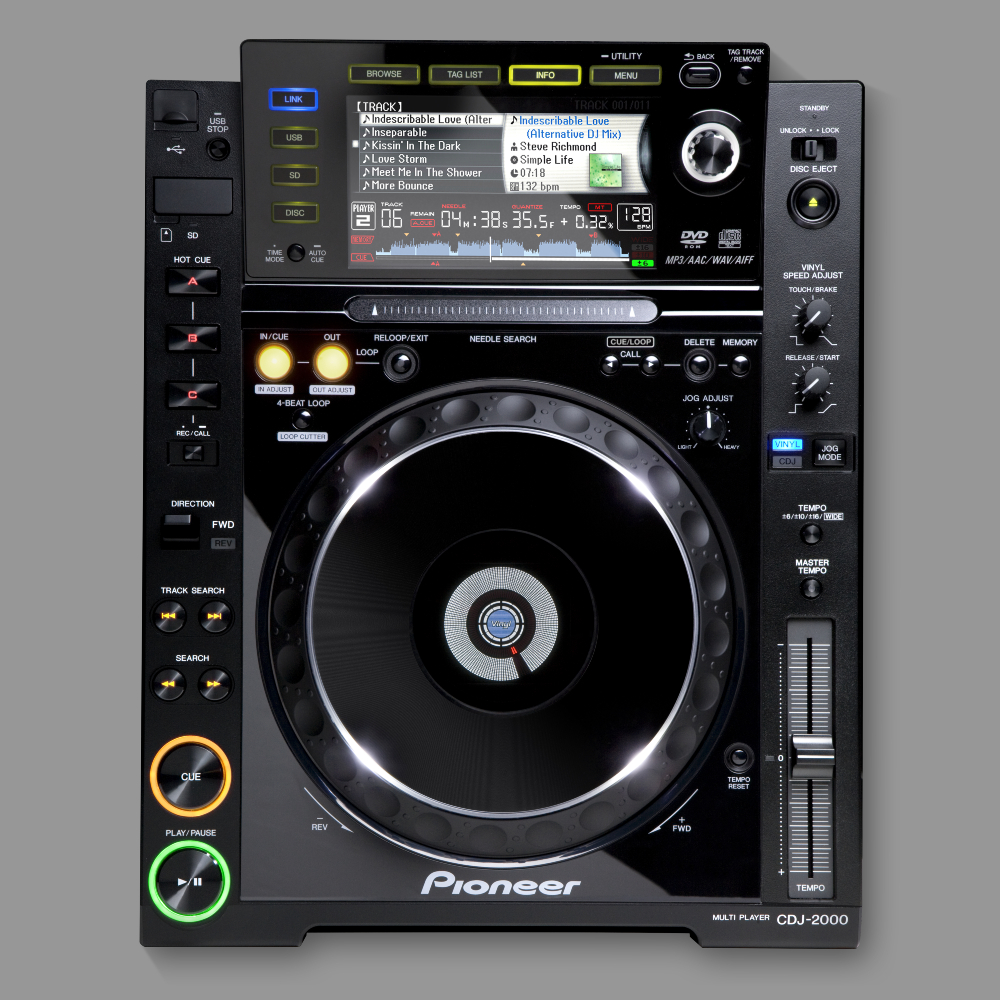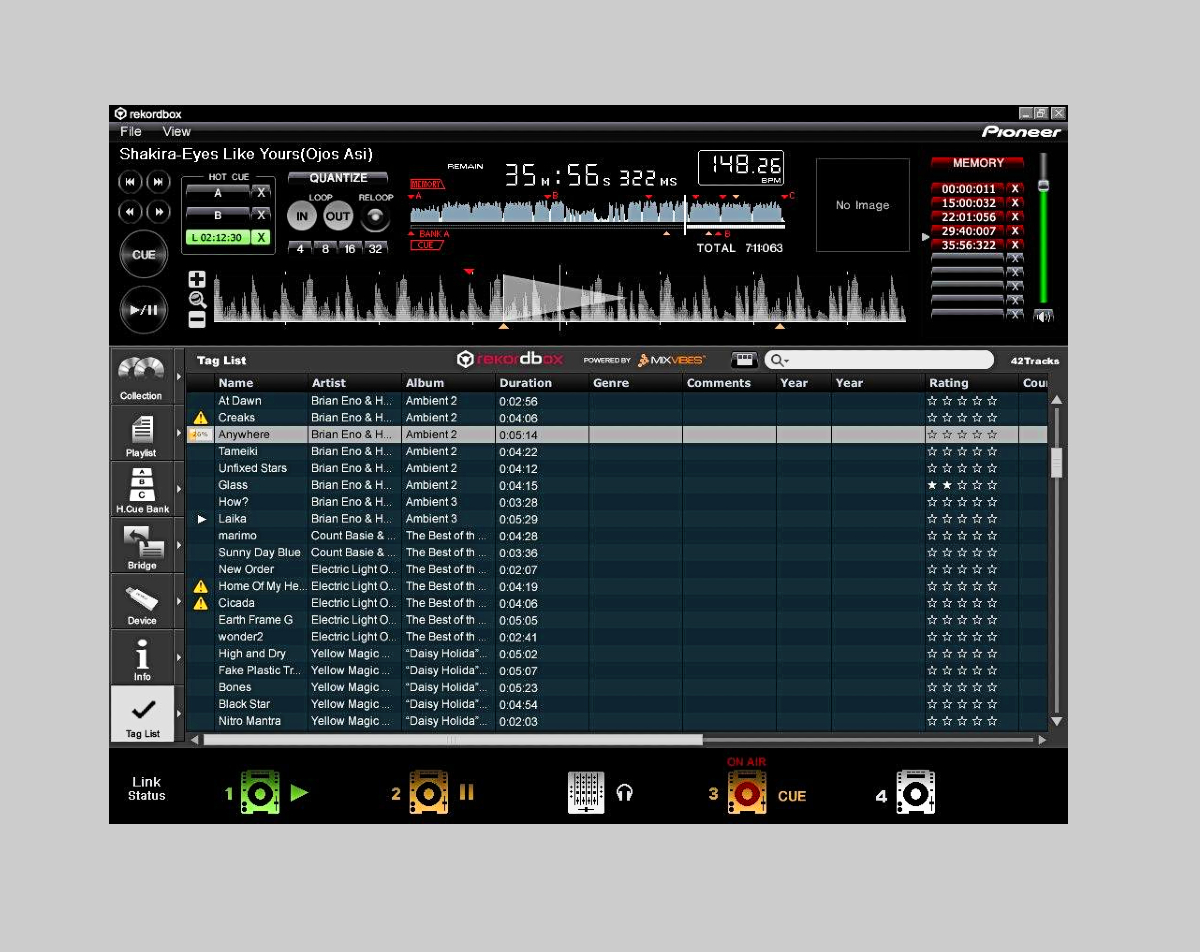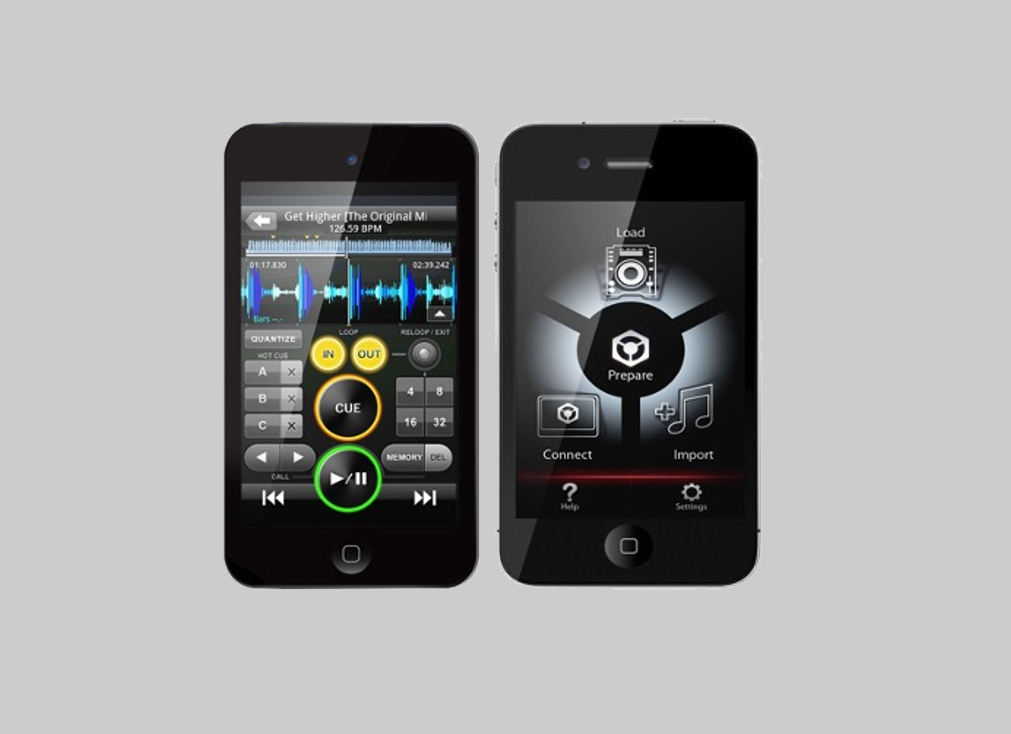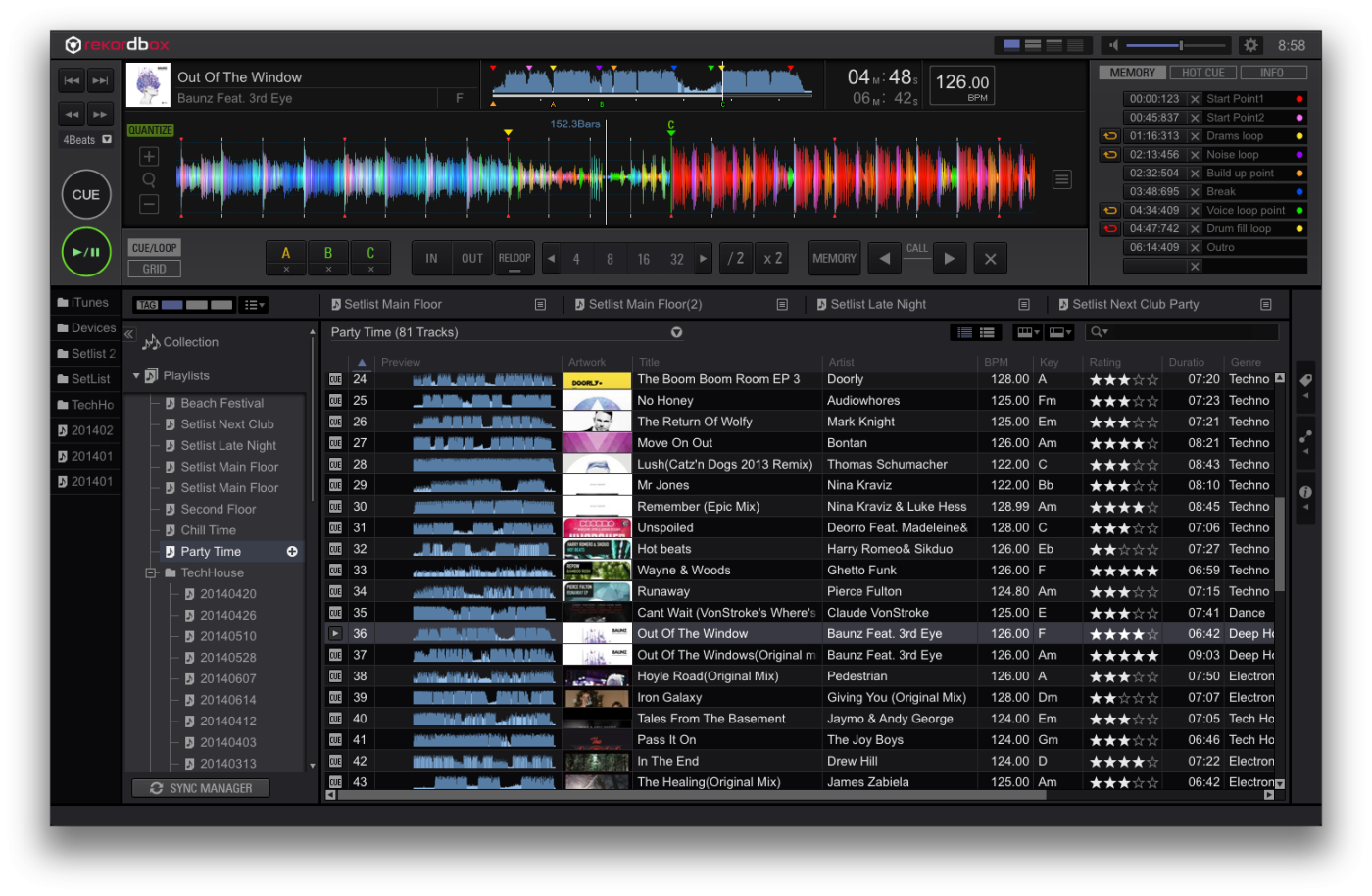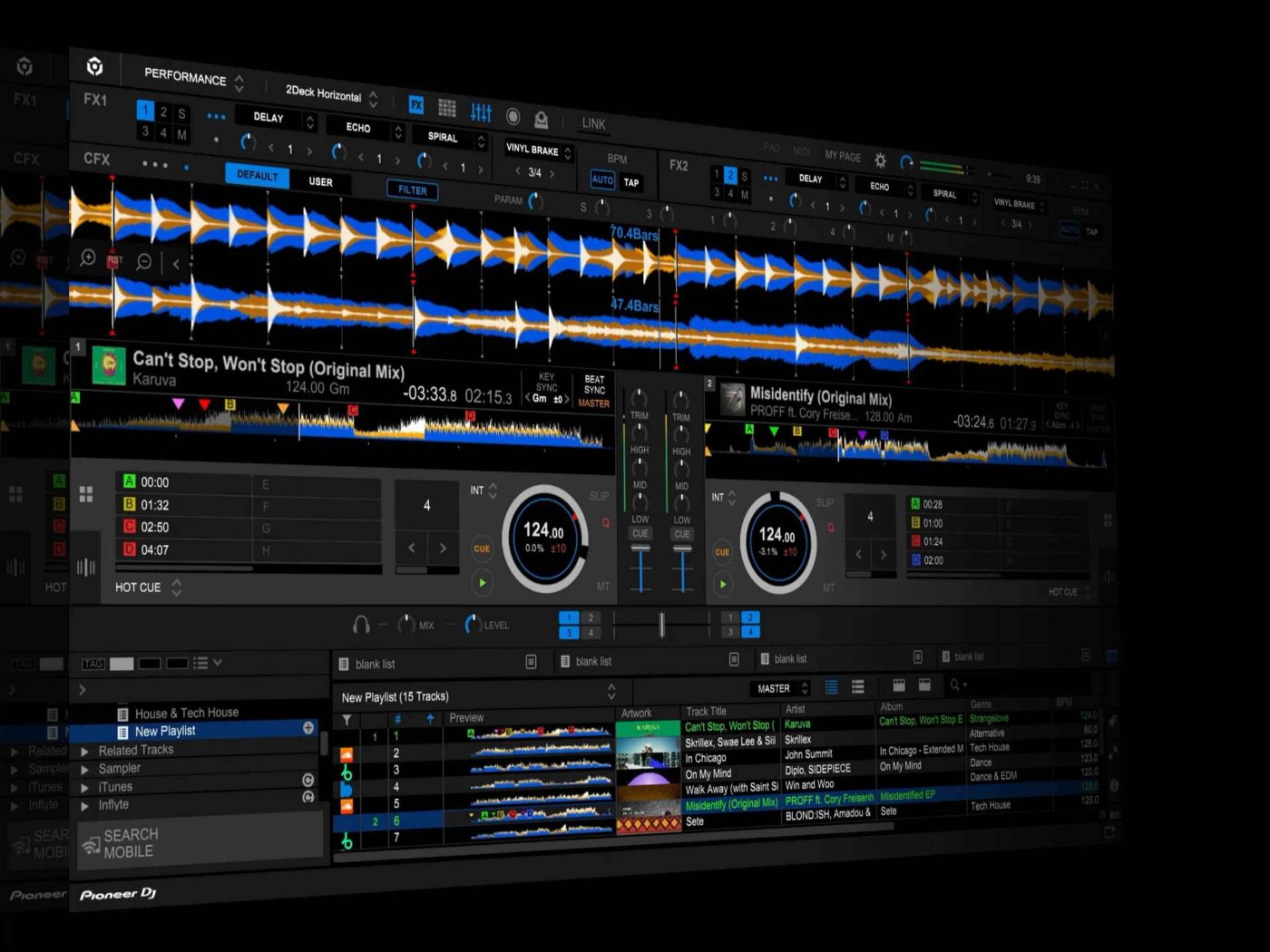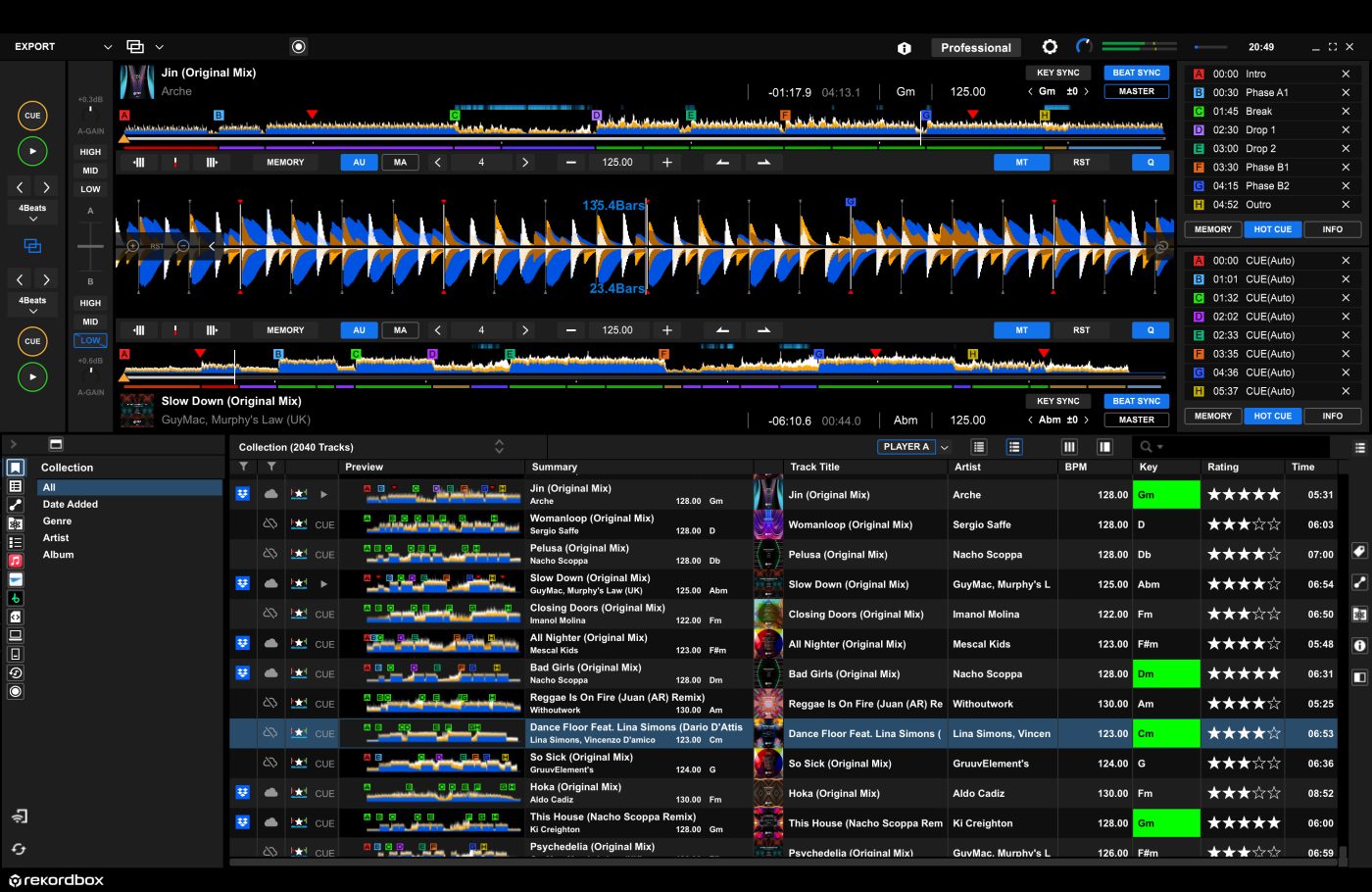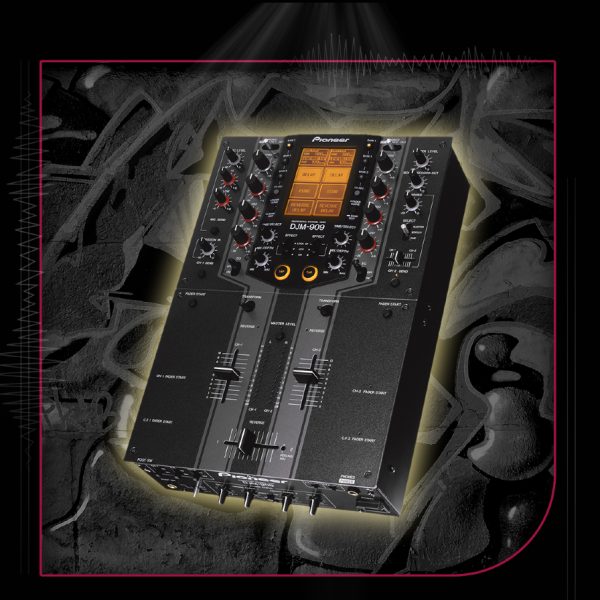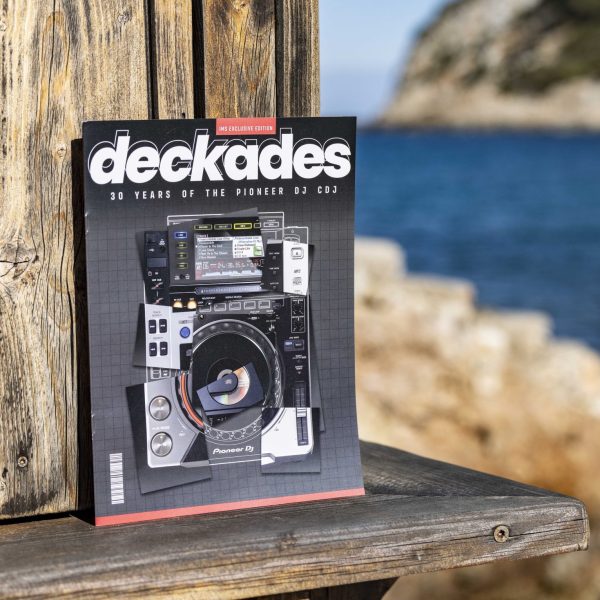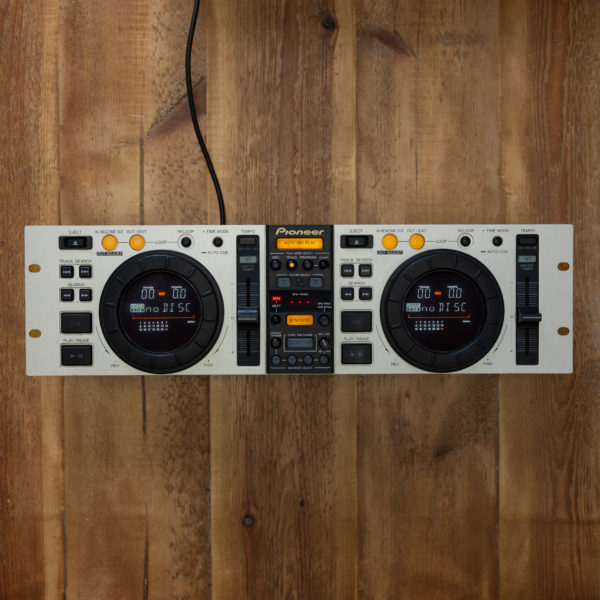rekordbox launches alongside the CDJ-2000
“We developed rekordbox as an iTunes for DJs, a music management application specialized for DJ use, in order to realize the concept of the CDJ-2000,” said the engineer Kunio Teramoto.
“It would cover the DJ’s daily cycle: preparation at home, play at the club, and review after returning home.
“The development of rekordbox started with an incredibly tight schedule,” he continued. “The CDJ-2000 was scheduled to be released in the summer of 2009, and I believe the hardware development was well underway in early 2008. Perhaps a prototype was already in the works. But at that point, we had not yet decided who to develop the software application with.”
DJS, our first attempt at a DJ software, had not been successful, thanks to a combination of inexperience and poor computer processing power in the early 2000s. This time, we wanted to collaborate with an external partner and went with the French company Mixvibes, who had worked with us on the MEP-7000 media player and the CDJ-400, the first CDJ to support USB. That had proven such a tricky integration that Pioneer DJ knew we needed to create dedicated software. Mixvibes had plenty of relevant experience here—though not as well know as its competitors, they’d developed their own DJ application, Cross. But where Cross was an application for laptop DJ performances, rekordbox was designed as an organizational platform that worked in conjunction with the CDJ-2000 and CDJ-900.
“Unlike a computer, the CDJ-2000 had to browse music with less RAM and a smaller display, so the database table structure was specifically designed for CDJs,” said Kunio. “This made it difficult for computer applications to handle, and it was necessary to create and provide an API for Mixvibes to handle the device’s library.”
Kou Atsumi, who led product planning for the CDJ-2000, recalled some of the big questions the rekordbox and CDJ designers faced. “How to manage the large number of songs owned by DJs?” he said. “How to display a large number of songs in an easy-to-understand manner? How can we quickly and easily get to a single song?” The team imagined DJs in a continual cycle with three main points: preparation for a gig, using the prepared music at the gig, and a review of the set afterwards through playback history.
On a basic level, that preparation meant rekordbox had analyzed tracks ready for play on the CDJ, with full waveforms, BPM, beatgrids, playlists, ID3 tags, and up to three Hot Cue / Hot Loops and up to ten normal Cue/Loop Points per track. With this analysis of beatgrids came the option for triggering quantized loops on the fly (although the quantize function was initially somewhat buried in the menu options). rekordbox’s integration with iTunes was also a key point. iTunes was the dominant app for music organisation at the time, so allowing its library to be imported into rekordbox along with playlists promised to make things more convenient for DJs.
